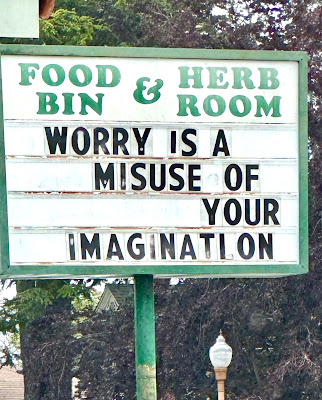 |
| I am sure the three bears had many questions for Goldilocks. |
I have a question for you...
Are you good at answering questions on the spot?
By good, can you answer the question in a polished yet succinct way that is easy for others to understand?
Do you know how much of an answer is too little, too much, or just right?
Consider these scenarios:
Scenario #1: Too much
In a board meeting, a board member asked a department VP for justification on a budget increase request. The VP’s answer, though accurate and understandable to him, was verbose and filled with technical jargon. The board member was visibly frustrated and curtly asked the VP to “bottom line it.”
Ouch.
Scenario #2: Too little
In a virtual training, colleagues from the Human Resources department energetically debated the effectiveness of employee engagement surveys. When one quieter team member was asked her opinion, she said, “They just don’t work.” Probed for more information, she quipped, “They are a waste of our time and the employee’s time.” She retreated to her quiet disposition, and the meeting continued.
Uh-Oh.
Scenario #3: Just right
In an interview, a candidate was asked which company value she identified with the most. She paused for a second and then answered,
“Innovation. Because I thrive on creativity and fresh perspectives, I resonate most with your company's commitment to innovation. For example, I’ve read about your brainstorming sessions where people from different levels and departments come together as a diverse think-tank of sorts. I would love to be a part of a company that not only talks about innovating but also creates situations for it to thrive.”
NAILED IT!
I’ve coached all three people in the scenarios above to use the PREP framework to answer questions. It's simple and widely used (i.e., it’s been around for years) and allows
PREP is the Goldilocks of responses ☀️
Point: Lead with your bottom line.
Reason: Give a reason or two to support your point.
Example: Be specific with an example that expands upon your point and/or reason.
Point: Restate your point.
The person in Scenario #3 did just that.
Question: With which of our company values do you identify?
Answer:
Point: Innovation.
Reason: Because I thrive on creativity and fresh perspectives, I resonate most with your company’s commitment to innovation.
Example: For example, I’ve read about your brainstorming sessions where people from different levels and departments come together as a diverse think-tank.
Point: I would love to be a part of a company that not only talks about innovating but also creates situations for innovation to thrive.”
Now, the one who is asking the question, in this case, the interviewer, can ask more questions based on that answer.
When asked the budget question again, the VP could say something like,
Point: We are seeking a budget increase of $XXX, which can look daunting at first glance.
Reason: Still, the plans we have to update and improve will make X Y Z more efficient and ultimately save the company money in the long run.
Example: So and so is working on _______ to ____ and needs ______.
Point: A budget increase of XXX will ensure our success.
And then, board members can ask for elaboration or clarification on this answer.
If asked to participate in a conversation she has an opinion on but doesn’t know how to articulate it, the team member can say,
Point: No, I don’t think the engagement surveys work.
Reason: Employees have complained that not only are they a waste of time to complete, but they don’t see any changes happening as a result.
Example: In 2022's survey, scores were low, and at the end of 2023, they were even lower, despite all our efforts.
Point: I think there is a better way to measure and increase engagement, but I am not sure what it is.
From there, team members can ask questions or piggyback on her answers.
P-R-E-P
Point-Reason-Example-Point
As with any communication tip, use it as a handrail, not handcuffs. For example, sometimes the reason and example conflate, making the acronym PEP.
Try it and let me know if you get the budget increase, are recognized for your thoughtful contributions to the conversation, or get the job! 😉


